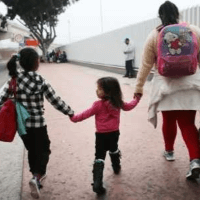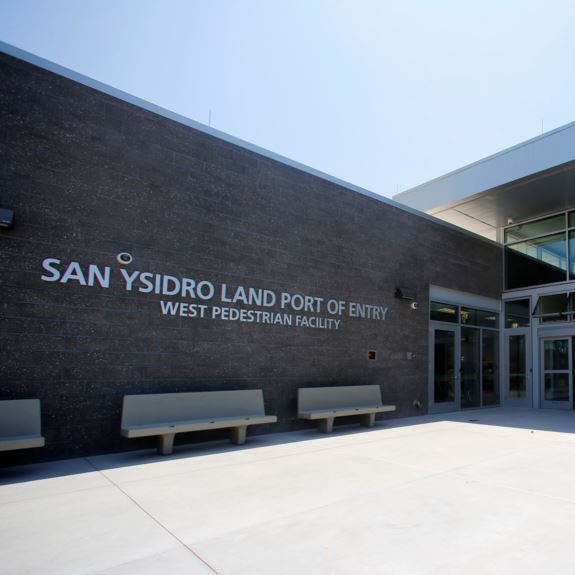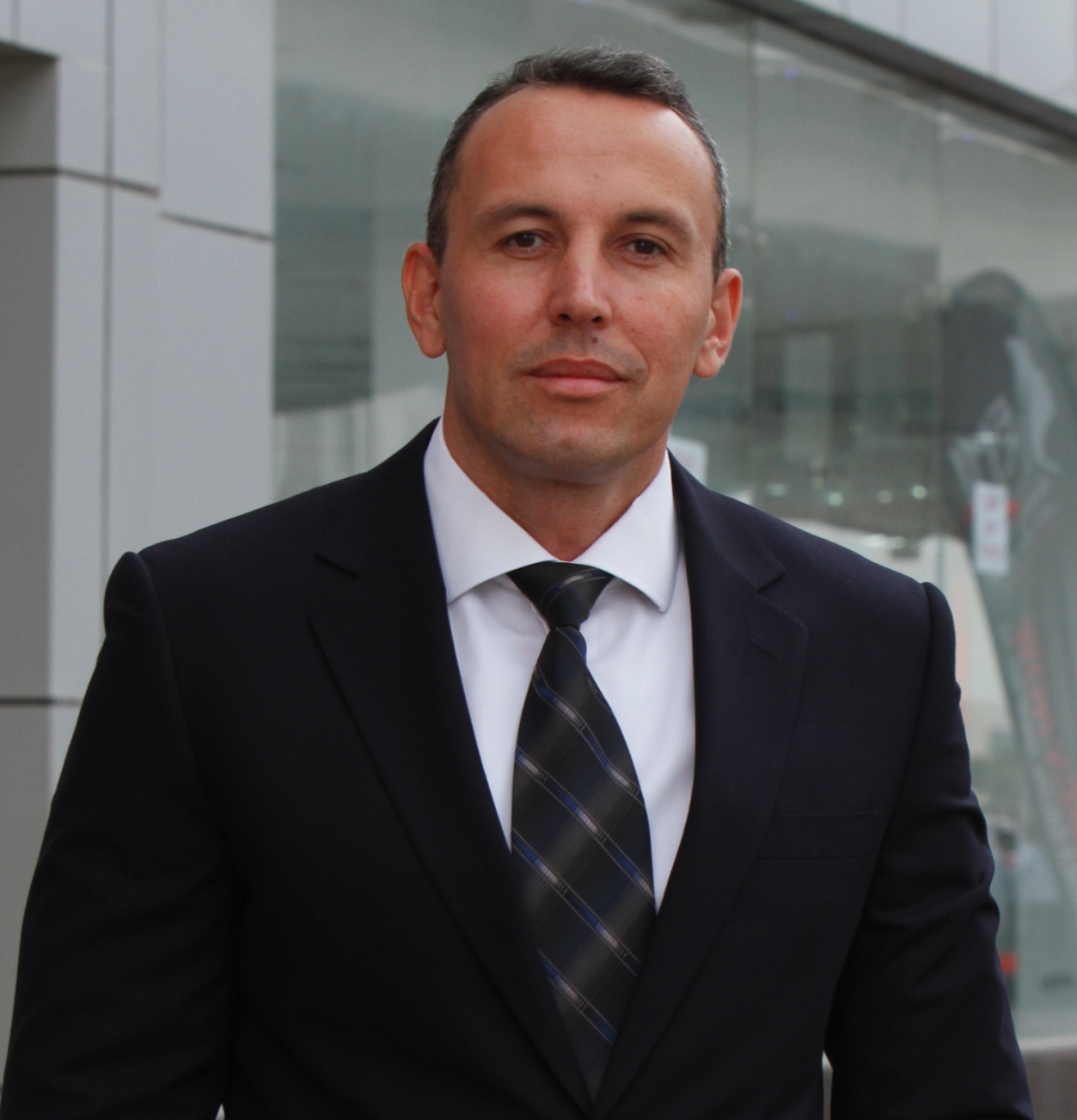Overview
The United States welcomes foreign citizens who come to the United States to study. Before applying for a visa, all student visa applicants are required to be accepted and approved by their school or program. Once accepted, educational institutions will provide each applicant the necessary approval documentation to be submitted when applying for a student visa.
Visa Descriptions and Qualifications
F-1 Visa. This is the most common type of student visa. If you wish to engage in academic studies in the United States at an approved school, such as an accredited U.S. college or university, private secondary school, or approved English language program then you will need an F-1 visa. You will also need an F-1 visa if your course of study is more than 18 hours a week.
M-1 Visa. If you plan engage in non-academic or vocational study or training at a U.S. institution then you will need an M-1 visa.
More information about each of these visas and opportunities for studying in the United States can be found at the Education USA website.
U.S. Public Schools
U.S. law does not permit foreign students to attend public elementary school (kindergarten to 8th grade) or a publicly funded adult education program. Hence, F-1 visas cannot be issued for study at such schools.
An F-1 visa can be issued for attendance at a public secondary school (grades 9 to 12), but the student is limited to a maximum of 12 months at the school. The school must also indicate on the I-20 that the student has paid the unsubsidized cost of the education and the amount submitted by the student for that purpose.
Note: Holders of A, E, F-2, G, H-4, J-2, L-2, M-2 or other derivative nonimmigrant visas may enroll in public elementary and secondary schools.
Application Items
To apply for an F or M visa, you must submit the following:
- A Nonimmigrant Visa Electronic Application (DS-160) Form. Visit the DS-160 webpage for more information about the DS-160.
- A passport valid for travel to the United States with a validity date at least six months beyond your intended period of stay in the United States (unless country-specific agreements provide exemptions). If more than one person is included in your passport, each person desiring a visa must submit an application.
- One (1) 2"x2" (5cmx5cm) photograph. This page has information about the required photo format.
- An approved Form I-20 from your U.S. school or program.
In addition to these items, you must present an interview appointment letter confirming that you booked an appointment through this service. You may also bring whatever supporting documents you believe support the information provided to the consular officer.
How to Apply
Step 1. Pay the visa application fee.
Step 2. Complete the Nonimmigrant Visa Electronic Application (DS-160) form.
Step 3. Schedule your appointment on this web page. You will need three pieces of information in order to schedule your appointment:
- Your passport number
- Your MRV fee payment receipt number
- The ten (10) digit barcode number from your DS-160 confirmation pag
Step 4. Visit the U.S. Embassy/Consulate on the date and time of your visa interview. You will need to bring a printed copy of your appointment letter, your DS-160 confirmation page, one recent photograph, your current passport and all old passports. Applications without all of these items will not be accepted.
Supporting Documents
Supporting documents are only one of many factors a consular officer will consider in your interview. Consular officers look at each application individually and consider professional, social, cultural and other factors during adjudication. Consular officers may look at your specific intentions, family situation, and your long-range plans and prospects within your country of residence. Each case is examined individually and is accorded every consideration under the law.
Caution: Do not present false documents. Fraud or misrepresentation can result in permanent visa ineligibility. If confidentiality is a concern, you should bring your documents to the U.S. Embassy/Consulate in a sealed envelope. The U.S. Embassy/Consulate will not make your information available to anyone and will respect the confidentiality of your information.
You should bring the following documents to your interview. Original documents are always preferred over photocopies and you must bring these documents with you to the interview. Do not fax, email or mail any supporting documents to the U.S. Embassy/Consulate.
- Documents demonstrating strong financial, social, and family ties to your home country that will compel you to return to your country after your program of study in the United States ends.
- Financial and any other documents you believe will support your application and which give credible evidence that you have enough readily-available funds to meet all expenses for the first year of study and that you have access to funds sufficient to cover all expenses while you remain in the United States. M-1 applicants must demonstrate the ability to pay all tuition and living costs for the entire period of their intended stay.
- Photocopies of bank statements will not be accepted unless you can also show original copies of bank statements or original bank books.
- If you are financially sponsored by another person, bring proof of your relationship to the sponsor (such as your birth certificate), the sponsor's most recent original tax forms and the sponsor's bankbooks and/or fixed deposit certificates.
- Academic documents that show scholastic preparation. Useful documents include school transcripts (original copies are preferred) with grades, public examination certificates (A-levels, etc.), standardized test scores (SAT, TOEFL, etc.), and diplomas.
Dependents
Spouses and/or unmarried children under the age of 21 who wish to accompany or join the principal visa holder in the United States for the duration of his/her stay require derivative F or M visas. There is no derivative visa for the parents of F or M holders.
Family members who do not intend to reside in the United States with the principal visa holder, but wish to visit for vacations only, may be eligible to apply for visitor (B-2) visas.
Spouses and dependents may not work in the United States on a derivative F or M visa. If your spouse/child seeks employment, the spouse must obtain the appropriate work visa.
Supporting Documents for Dependents
Applicants with dependents must also provide:
- Proof of the student's relationship to his/her spouse and/or child (e.g., marriage and birth certificates)
- It is preferred that families apply for their visas at the same time, but if the spouse and/or child must apply separately at a later time, they should bring a copy of the student visa holder's passport and visa, along with all other required documents.
Other Information
Optional Practical Training (OPT).
F-1 visa holders may be eligible for up to 12 months of optional practical training following completion of all course requirements for graduation (not including thesis or equivalent), or after completion of all requirements. OPT is separate from a student's academic work, and time for OPT will not normally be reflected during the student's academic program or in the completed study date. Students applying for a F visa to do OPT may present an I-20 with an original end of study date that may have passed. However, these I-20s must be annotated by the designated school official to reflect approval of an OPT program that extends beyond the end of the regular period of study. In addition, the student must have proof that USCIS has approved their practical training program or that an application is pending, either in the form of an approved Employment Authorization Card or a Form I-797 indicating that s/he has a pending application for an OPT program.
Validity of Student Visas after a Break in Studies
Students who are away from classes for more than five months can expect to apply for and receive a new F-1 or M-1 student visa to return to school following travel abroad, as explained below.
Students within the United States
A student (F-1 or M-1) may lose that status if they do not resume studies within five months of the date of transferring schools or programs, under immigration law. If a student loses status, unless USCIS reinstates the student's status, the student's F or M visa would also be invalid for future travel returning to the United States. For more information see the USCIS website, and instructions for Application for Extend/Change of Nonimmigrant Status Form I-539 to request reinstatement of status.
Students - Returning to the United States from Travel Abroad
Students who leave the United States for a break in studies of five months or more may lose their F-1 or M-1 status unless their activities overseas are related to their course of study. In advance of travel, students may want to check with their designated school official, if there is a question about whether their activity is related to their course of study.
When the Customs and Border Protection (CBP) immigration inspector at port of entry is presented a previously used, unexpired F-1 or M-1 visa by a returning student who has been outside the United States and out of student status for more than five months, a CBP immigration inspector may find the student inadmissible for not possessing a valid nonimmigrant visa. CBP may also cancel the visa after granting the student permission to withdraw the application for admission. Therefore, it is prudent for students to apply for new visas at an U.S. Embassy/Consulate abroad prior to traveling to the United States to return to their studies, after an absence of more than five months that is not related to their course of study.




.png)
